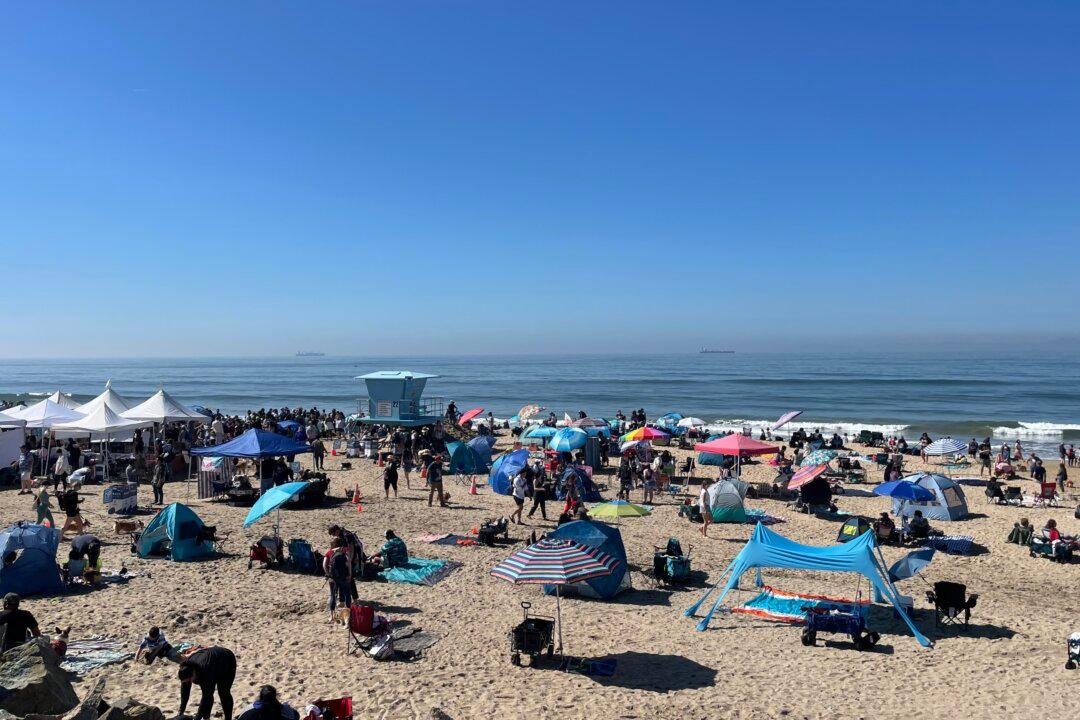An increase in rip currents and dangerous shore breaks has led to an increase in rescues at Huntington Beach, with more than 350 last week, according to a July 11 Instagram post by Huntington Beach lifeguards.
In the post, lifeguards said they also had to take 10,250 preventative actions, like informing beachgoers of the ocean’s current conditions.





